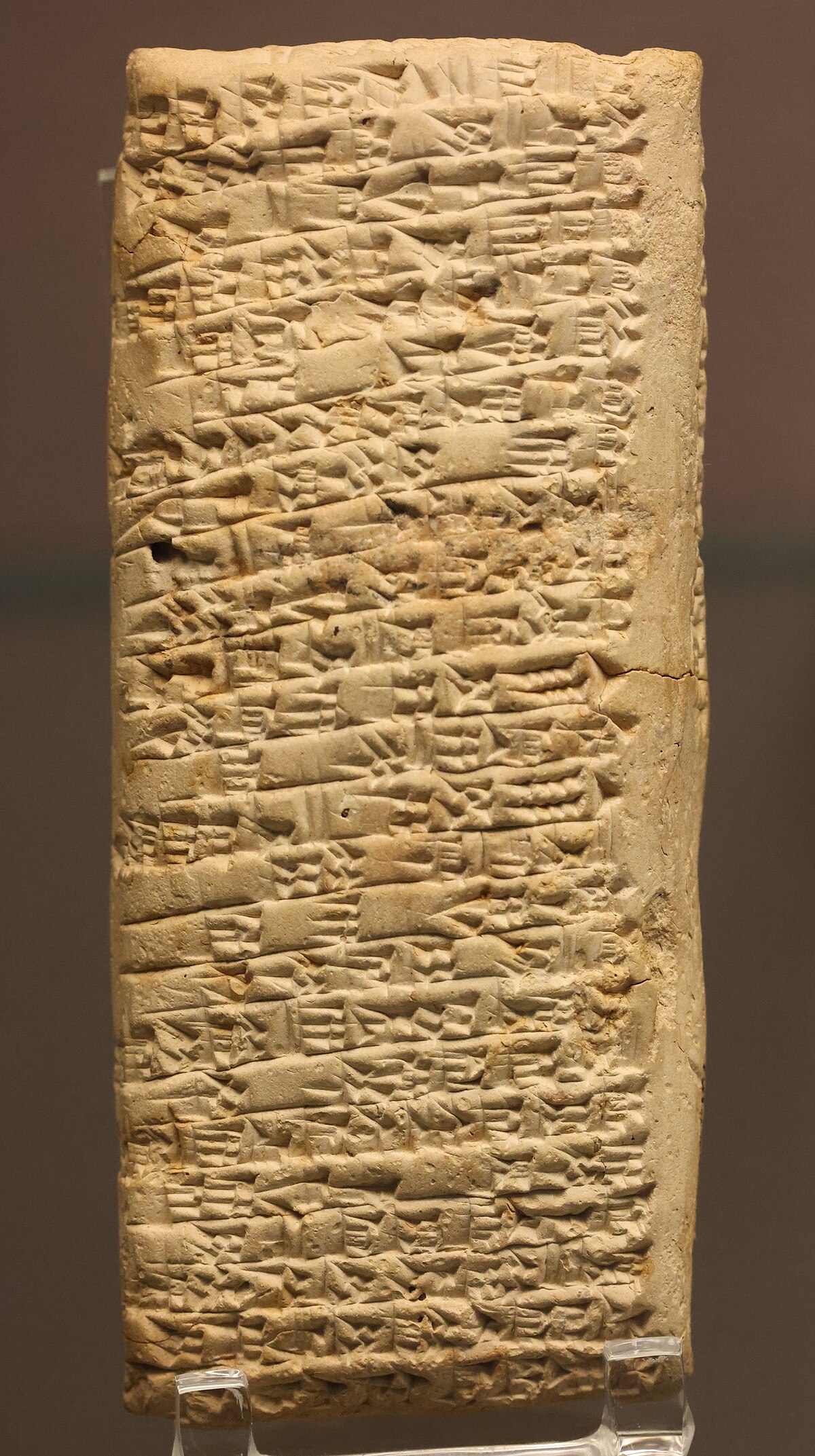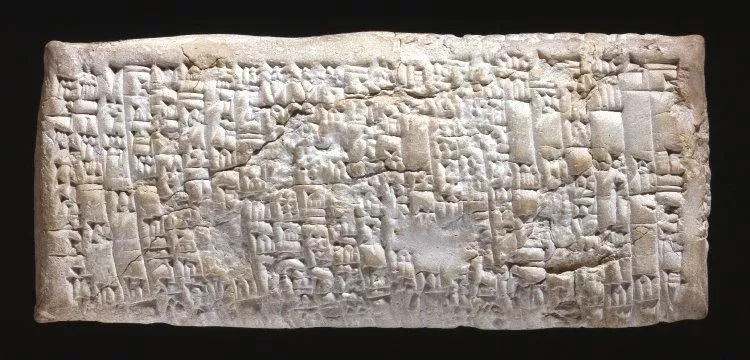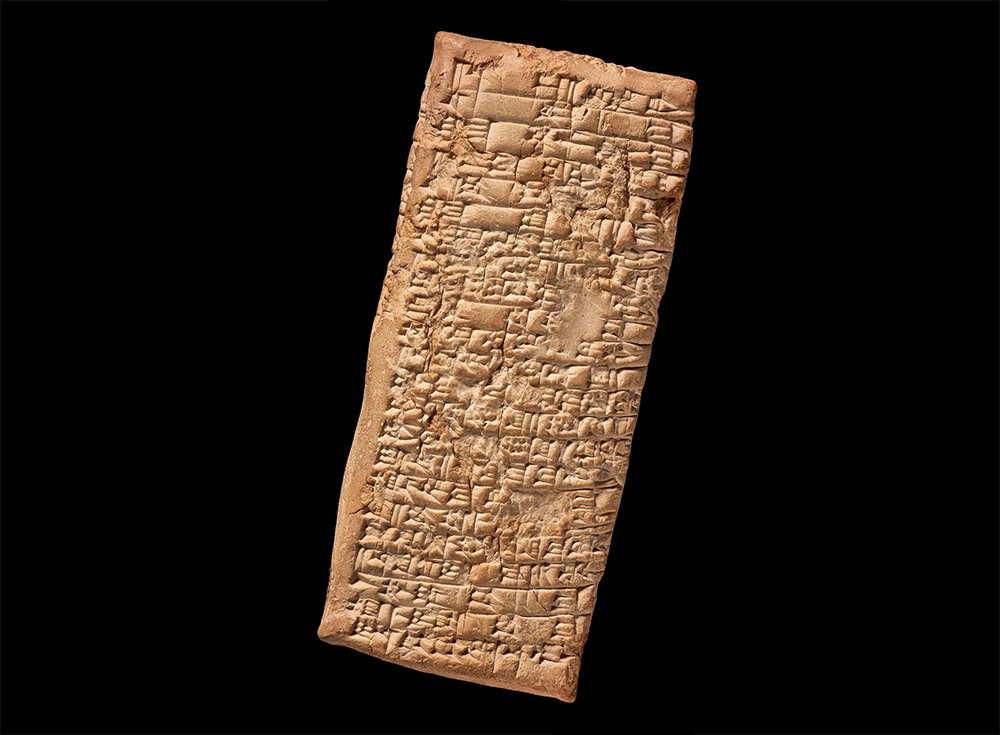Commerce, disputes, and customer dissatisfaction are as old as civilization itself, as evidenced by the world’s oldest recorded customer complaint from 1750 BC. Written in cuneiform script on a clay tablet, this grievance offers a fascinating glimpse into the dynamics of ancient trade.

The complaint was addressed by Nanni, a disgruntled buyer, to a merchant named Ea-Nasir, whose dealings in copper ingots left much to be desired. What makes this document extraordinary is not only its historical significance but the insight it provides into the timeless human quest for fair business practices.
Nanni’s Grievance: A Lesson in Quality Control
Nanni’s dissatisfaction stemmed from the subpar quality of copper ingots he had received, which fell far short of the agreed-upon standards. In his complaint, Nanni expressed his frustration clearly, accusing Ea-Nasir of breaching their contract. What added insult to injury was the poor treatment of Nanni’s messenger, who had been sent to complete the transaction but was met with neglect.

In demanding resolution, Nanni emphasized values still resonant in commerce today: integrity, fairness, and accountability. His direct and assertive tone demonstrates how seriously contracts and reputation were regarded in ancient trade.
The Discovery of an Ancient Dispute
The complaint tablet was discovered in the ruins of Ur, an influential Sumerian city located in what is now southern Iraq. Unearthed during early 20th-century excavations, the artifact has since been recognized as a cornerstone of economic and social history.
This document provides more than just an amusing anecdote; it paints a vivid picture of the structured trade systems in place over 4,000 years ago. Contracts, disputes, and expectations were clearly defined, illustrating a well-developed sense of commerce long before modern economies emerged.
Ea-Nasir: A Merchant of Dubious Reputation
Interestingly, Ea-Nasir’s business dealings appear to have been a source of repeated dissatisfaction. Other tablets found at the site suggest that Nanni was not alone in his grievances. Complaints from other buyers also highlight Ea-Nasir’s habit of delivering low-grade copper, leading to speculation that his reputation was less than sterling within the trade network.

This recurring dissatisfaction underscores the importance of maintaining quality and trust in commerce—a principle as relevant today as it was in ancient Mesopotamia.
Lessons from the Past
The complaint of Nanni against Ea-Nasir stands as a timeless reminder of the human desire for fair treatment in business. Whether in ancient Sumer or the modern world, trade relationships hinge on the values of honesty, reliability, and respect.

This 4,000-year-old grievance is more than a historical curiosity; it bridges the gap between past and present, showing how human behavior in commerce has remained consistent across millennia. Today, the clay tablet is both an amusing relic and a poignant testament to the enduring complexities of economic exchanges.
Conclusion
The world’s oldest customer complaint not only sheds light on ancient commerce but also highlights the enduring nature of trade disputes. As we reflect on Nanni’s bold stand for fairness, we are reminded that the pursuit of ethical practices and accountability has always been central to human interaction. In this way, Nanni’s voice echoes across centuries, reinforcing the universal values that underpin commerce and society.

